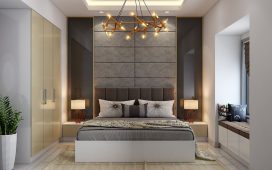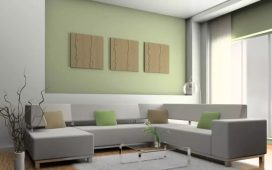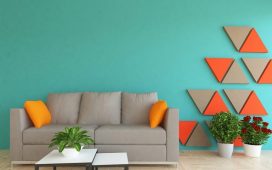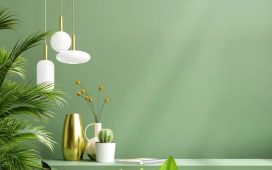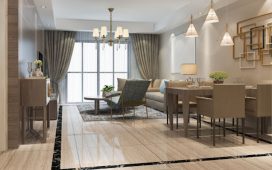Color has a significant impact on our emotions and behaviors. It can evoke feelings of happiness, calmness, excitement, or even sadness. When it comes to choosing paint colors for your home, understanding the psychology of color can help create a space that promotes the mood you desire. Whether you want to create a cozy sanctuary or a vibrant, energetic atmosphere, the colors you choose can make a difference.

The Influence of Different Colors on Mood:
1. Blue: Blue is known for its calming and peaceful effect. It can promote relaxation and tranquility, making it an excellent choice for bedrooms and living rooms.
2. Yellow: Yellow is associated with happiness and energy. It can uplift the mood and create a sense of warmth and positivity. Yellow is a great choice for kitchens and dining areas to stimulate appetite and create a cheerful atmosphere.
3. Green: Green represents nature and growth, making it a refreshing and harmonious color choice. It can promote balance and stability, perfect for creating a sense of serenity in bedrooms or home offices.
4. Red: Red is a bold and passionate color that can evoke feelings of excitement and energy. It is often used in dining rooms or areas where social interaction occurs to stimulate conversation and appetite.
5. Purple: Purple is associated with luxury, creativity, and sophistication. It can create a sense of elegance and mystery, making it a great choice for accent walls or creative spaces like art studios or libraries.
Tips for Choosing the Right Paint Colors:
- Consider the room’s purpose: Think about the function of the room and the mood you want to create. Choose colors that align with the room’s intended use.
- Lighting: Natural and artificial lighting can affect how colors appear in a room. Test paint samples in different lighting conditions to see how they look throughout the day.
- Personal preferences: Ultimately, your personal taste and preferences should guide your color choices. Select colors that resonate with you and make you feel comfortable and happy.
- Color combinations: Experiment with different color combinations to create visual interest and balance in a room. Consider using complementary or analogous colors for a cohesive look.
By understanding the psychology of color and how different hues can influence mood, you can create a space that reflects your personality and promotes the desired atmosphere. Whether you prefer soothing blues, energizing yellows, or dramatic reds, the colors you choose for your walls can have a profound impact on your overall well-being and comfort in your home.




